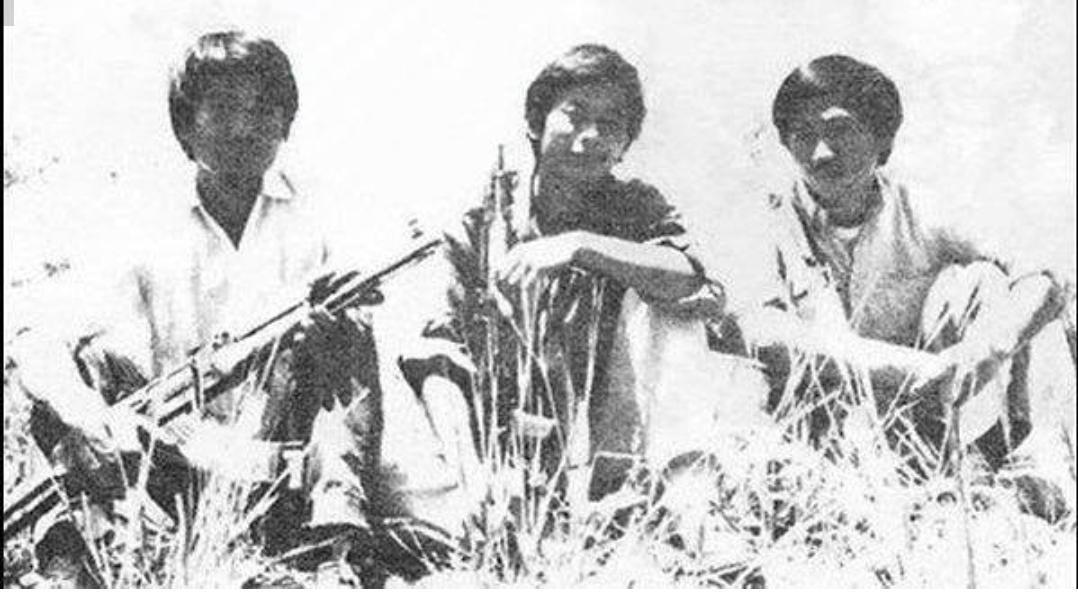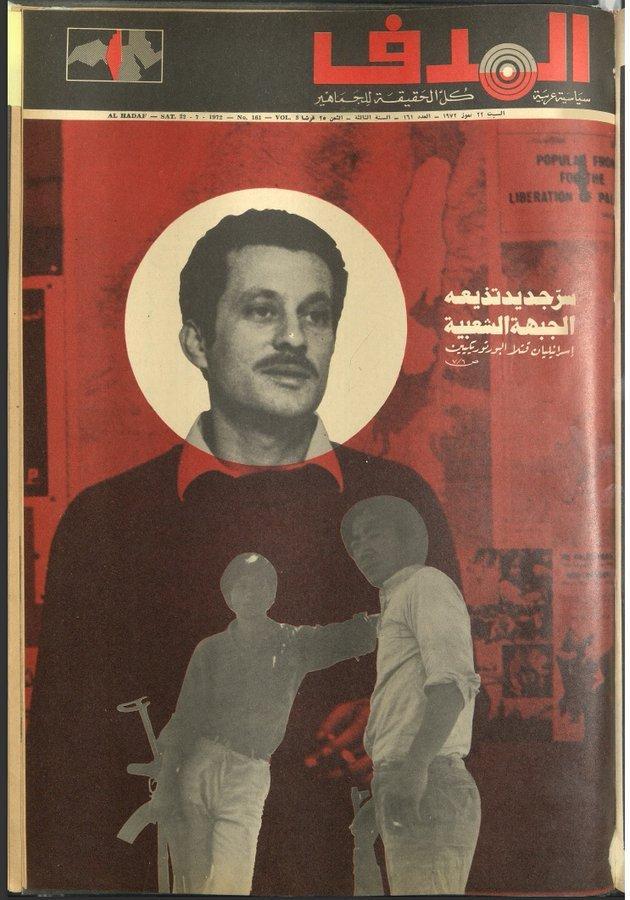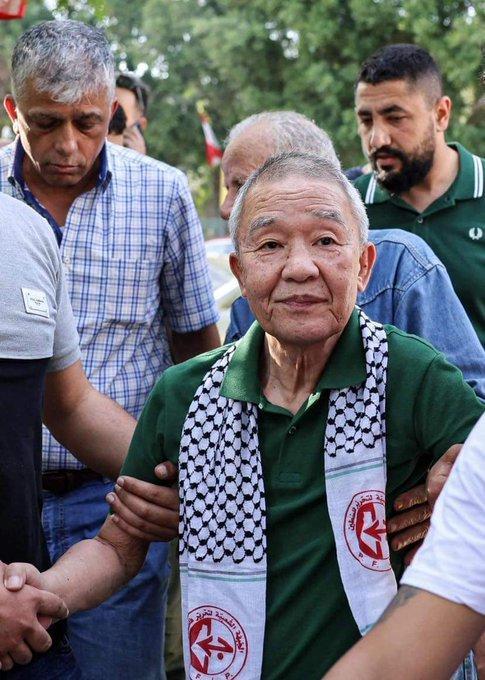
Deir Yassin was a brutal massacre carried out by zionist death squads in 1948 indelibly etched into the collective consciousness of all Palestinians. The attack was conducted primarily by the Irgun and Lehi, fascist Zionist paramilitary organizations. The massacre was carried out despite the village having agreed to evade conflict. It occurred during the 1947-1948 civil war and was a central component of the Nakba and the 1948 Palestinian expulsion and flight. 107 people were killed in the massacre.
Deir Yassin is why Palestinians resist—to reclaim their stolen village and avenge the blood of the martyrs. Throughout the storied history of Palestinian resistance, heroes vowed revenge in the name of Deir Yassin: resistance fighters killed 77 zionists in an operation four days after the 1948 massacre, the Deir Yassin Unit of Arab resistance fighters carried out an operation that killed 40 settlers under the command of martyr Dalal Al-Mughrabi in 1978, and the Deir Yassin Operation of 1972 was an internationalist feat of anti-imperialist resistance that shook the world.
The Deir Yassin Operation was launched 51 years ago today. Three Japanese comrades—Bassem, Salah, and Ahmed—joined forces with five Palestinian comrades to strike the zionist entity at its heart. Their real names were Tsuyoshi Okudaira, Yasuke Yasuda, and Kozo Okamoto, and they were members of the Japanese Red Army, which received weapons, training, and finances from the PFLP. They had trained in Lebanon, and all were students: Bassem of architecture, Salah of electrical engineering, Ahmed of botany, and all of revolution.
Their location of choice was the so-called “Lod Airport” (now “Ben-Gurion Airport”) in occupied Al-Lydd. Known as quiet men, they quietly arrived from Paris at 10 PM, waited for their luggage—violin cases loaded with weapons, ammunition, and explosives—and carried out their revolutionary duty. By the time they were done with their operation, 26 zionists were left dead on the ground and 80 were wounded. Five Palestinian comrades fired outside the airport in support. Bassem was martyred after he ran out of ammunition, Salah blew himself up in a revolutionary act, and Ahmed (Kozo) went on to become a revolutionary icon after spending 13 years in solitary confinement in the zionist prisons.
In interrogation, Kozo declared that the operation was part of the global revolution against zionism and imperialism. He and the masterful tactician Dr. Wadie Haddad had planned it. In a recorded video, PFLP founder Bassam Abu Sharif claims the operation on behalf of the PFLP, stating that it is a continuation of the PFLP’s line of “attacking the enemy wherever it hurts most” in reference to Wadie Haddad’s slogan “behind the enemy in every place.” After brutal psychological and physical torture, Kozo was freed in 1985 in the Ahmed Jibril prisoner exchange, and he went on to live his life in asylum in Lebanon after a troublesome period. Kozo was interviewed years later; he stated that he had hoped to be martyred during the operation, and when asked if he regretted anything: “I had no choice but to open fire in the name of armed struggle.”
Five weeks after the operation, the Mossad assassinated PFLP leader Ghassan Kanafani and his 17-year-old niece Lamees in Beirut in retribution for the Deir Yassin Operation.
Glory to the glorymakers, the internationalist revolutionaries who upheld the promise of resistance and global revolution. The echoes of Deir Yassin’s pain are reflected in the bullets of the comrades, the internationalist fighters united against imperialism who pledged to keep the memories of the martyrs and usurped villages alive.
The struggle for Palestinian liberation and the fight against zionism everywhere transcends borders. With every stone thrown, every bullet fired, and every zionist weapons company dismantled, the resistance honors the martyrs and struggle with every act of defiance until the lands are liberated of zionism and freed, from the river to the sea. We will never forget Deir Yassin, and we will never forget the bravery of those who committed themselves to liberation by any means necessary.
Remember Deir Yassin. Remember our heroes. For this—our joint struggle—is the legacy of Deir Yassin and our inheritance.



